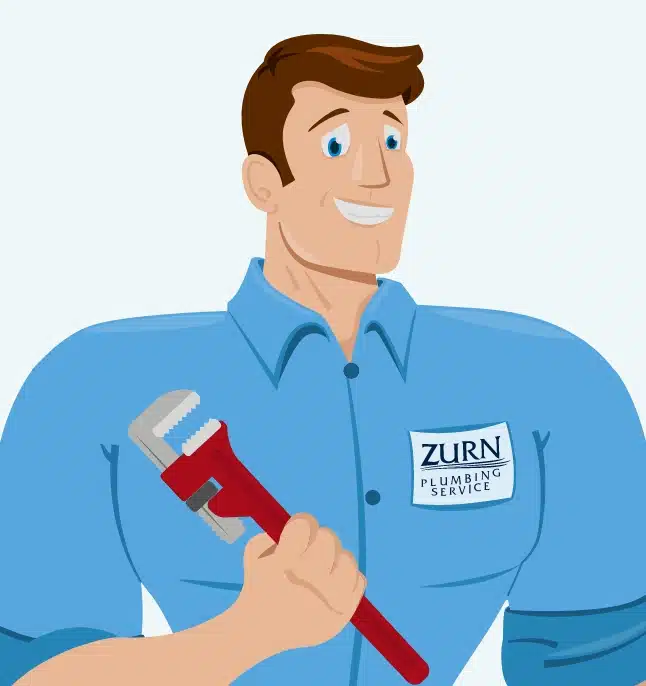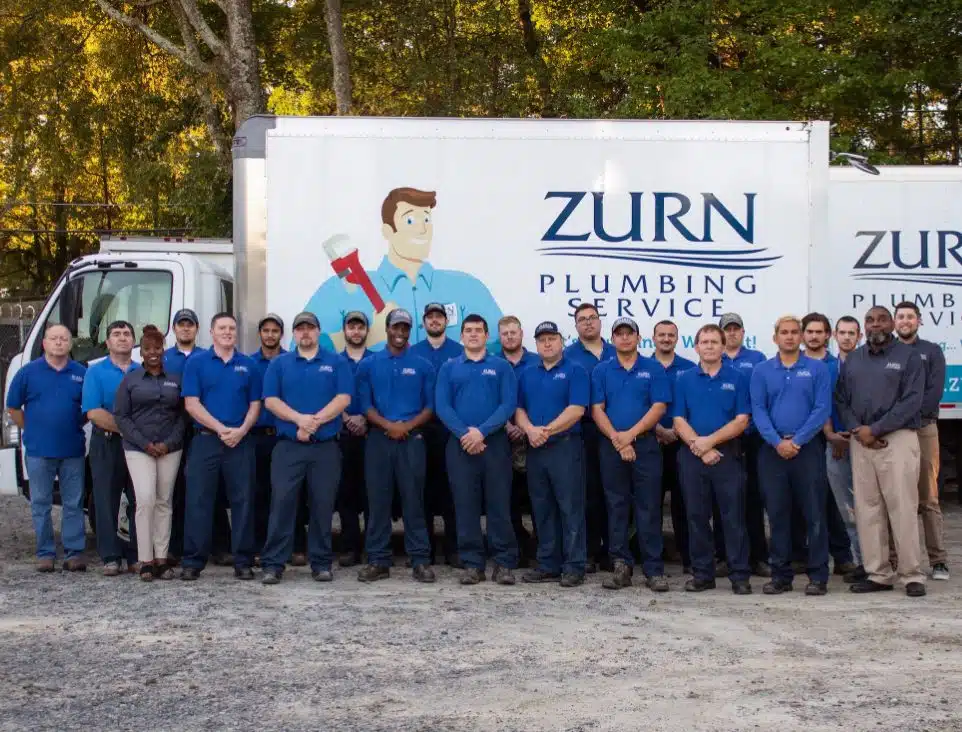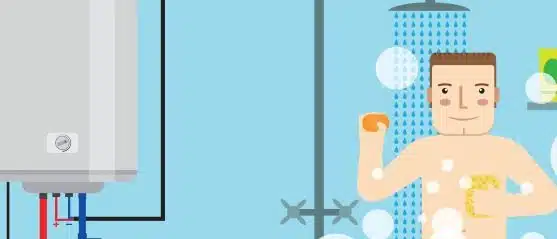
Touchless faucets seem to be everywhere these days. They started appearing in public restrooms and have since become more popular in a home’s bathroom and kitchen. If you’d like to update your kitchen or bathroom faucet, you may wonder whether a touchless faucet is worth considering. Let’s take a look at the pros and cons.
The Benefits of Touchless Faucets
Here is a list of some of the benefits you’ll experience with a touchless faucet – whether in your bathroom or kitchen:
- Limit water waste. When you use a traditional (touch) faucet, water runs longer as you move your hands to turn the faucet on and off. With a touchless faucet, once you move your hands, the water turns on or off. And most touchless faucets are leak-proof, so you’ll conserve water as well.
- More sterile option. Think about the last time you turned your faucet on or off – whether in your kitchen or bathroom. Were your hands clean? Additionally, have you ever touched a faucet that had grime on it from someone before you? With an automatic, touchless faucet, you don’t touch anything, which means your sink area stays cleaner and more sanitized.
- Easy to operate. Anyone can use a touchless faucet – from children to people with arthritis.
- No adjustments needed. Most touchless, automatic faucets have pre-fixed flow and water temperature settings. So, you don’t have to turn one or two handles before everything is as you’d like.
Disadvantages of Touchless Faucets
While there are many benefits to touchless faucets, let’s also examine some of the disadvantages:
- Price. Generally, you’ll make a more substantial investment upfront with a touchless, automatic faucet as they are more expensive than the alternative.
- Power issues. If a battery does not power your touchless faucet, you may experience an outage when the power goes out in your home. And if you have a battery-powered model, you have to replace the batteries, or you’ll have no power.
- Change to settings: When you change the temperature or flow with a regular faucet, it’s pretty straightforward, and most people know how to do it. But with a touchless faucet, that may not be the case. Some models require you to use a remote control to change your settings, or you may be required to touch different parts of the faucet while it’s on to make a change.
- Sensor malfunction. You’ve probably experienced the frustration in a public restroom where you put your hand under a touchless faucet only to have nothing happen. The same thing can happen in your bathroom or kitchen; however, that can be even more frustrating because there isn’t another faucet.
We can help.
If you’re looking to install a touchless faucet, give us a call at 770-451-6765. We’ll help you find the right faucet for your needs and quickly install it for you.






